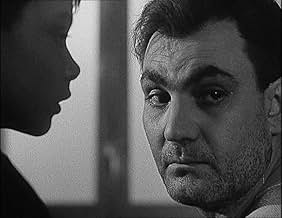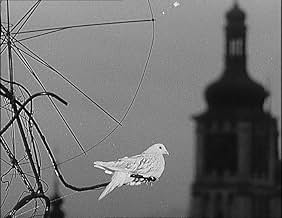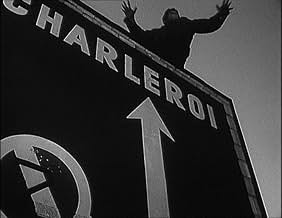The Czechoslovakian film Holubice (shown in the U.S. as The White Dove) (1960) was co-written and directed by Frantisek Vlácil. The Czechoslovak New Wave was an artistic form of dissent that lasted from about 1962 until Soviet tanks invaded Prague in 1968. Although Vlácil isn't considered a New Wave director, this film shares several qualities with the movies that followed it.
Shot in black and white, the plot involves a homing pigeon that is released in Belgium, with the expectation that it will return to its home on a bleak Baltic island. Instead, it lands in Czechoslovakia, where it is wounded by a young boy in a wheelchair. The plot centers around the young boy, an artist who is his friend, and with the boy coming to grips with the results of his actions. The movie isn't carried by the plot, however, but rather by its symbolism and the striking imagery of the black-and-white cinematography.
This is not a must-see film. The White Dove was made more than 50 years ago, and it's not a timeless classic. However, the movie is worth seeing because it's clearly a precursor to the unique flowering of artistic filmmaking that came to be known as the Czechoslovak New Wave.
We saw The White Dove in the wonderful Gene Siskel Theatre in Chicago. My compliments to the people at the Siskel for finding this film and offering it along with a later film by Vlácil, The Valley of the Bees.













